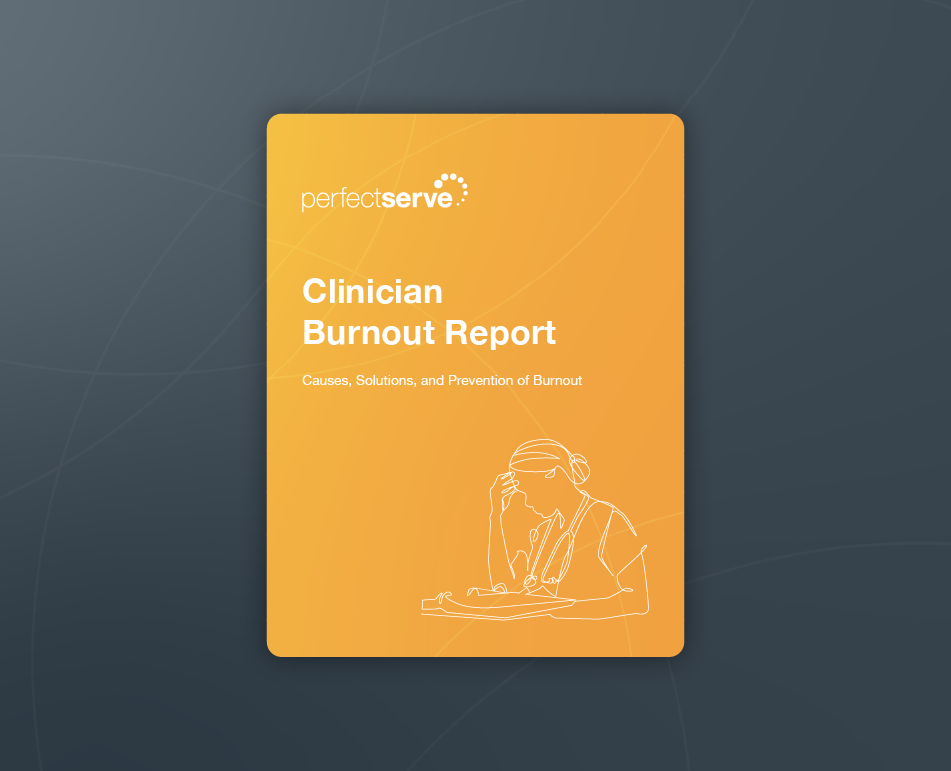Event Replay
A Roadmap for Change Management Projects
Watch Now
In-app Wellness Survey
Burnout Tracking Tool
Consult With Our Team
Implement Fatigue Busting Tools
Generate Fair and Balanced Schedules Every Time


Give providers greater control over their schedule and allow more flexibility.

Better provider wellness fosters better patient care.

Our advanced AI-enabled software considers thousands of variables to auto-generate the best possible schedule.
